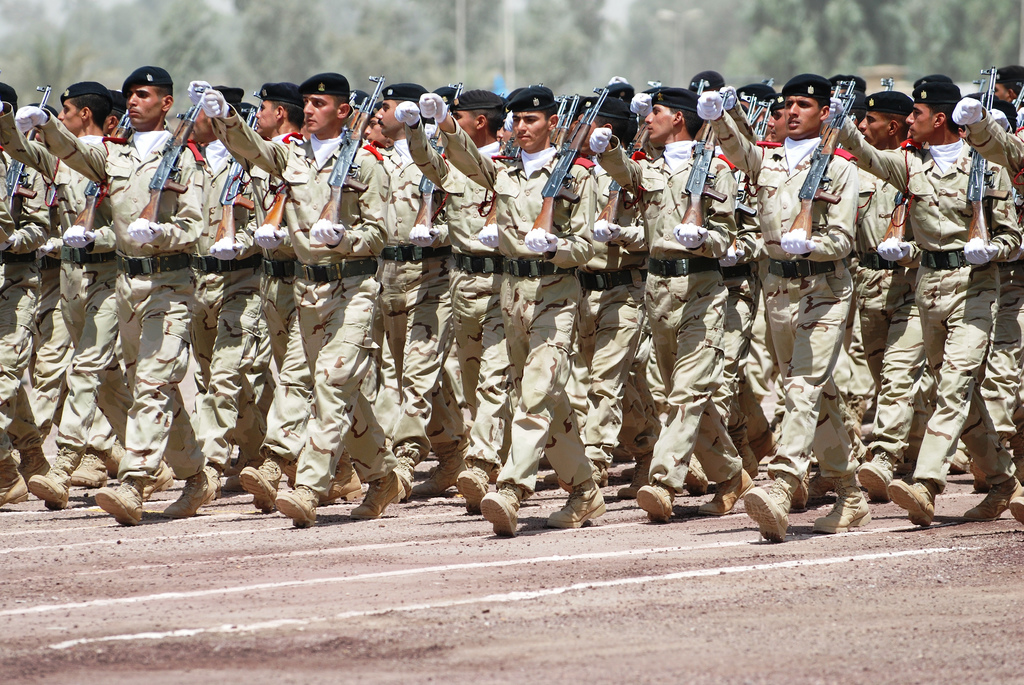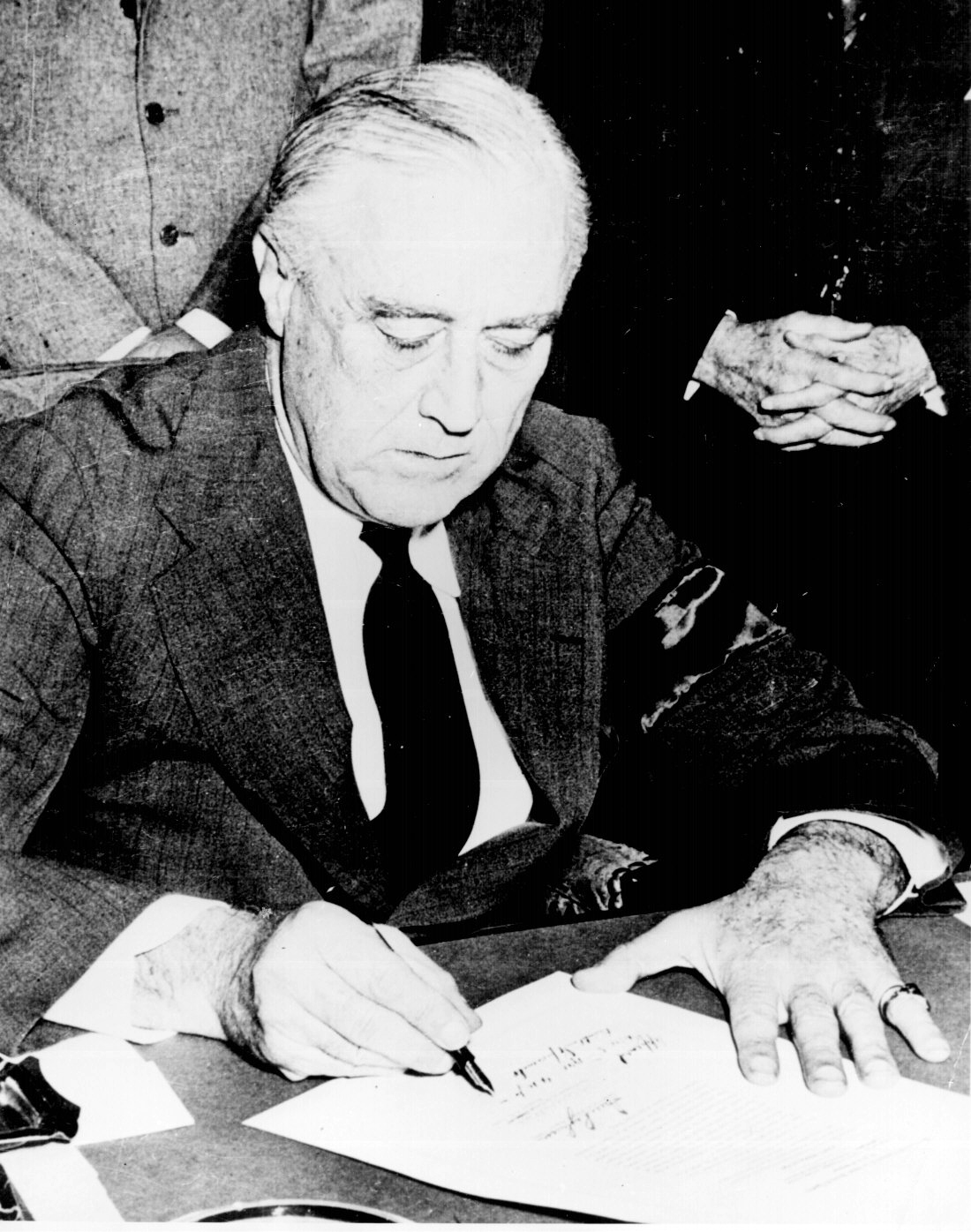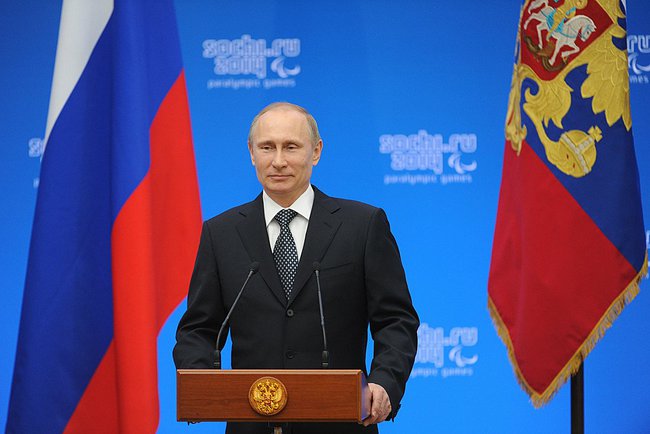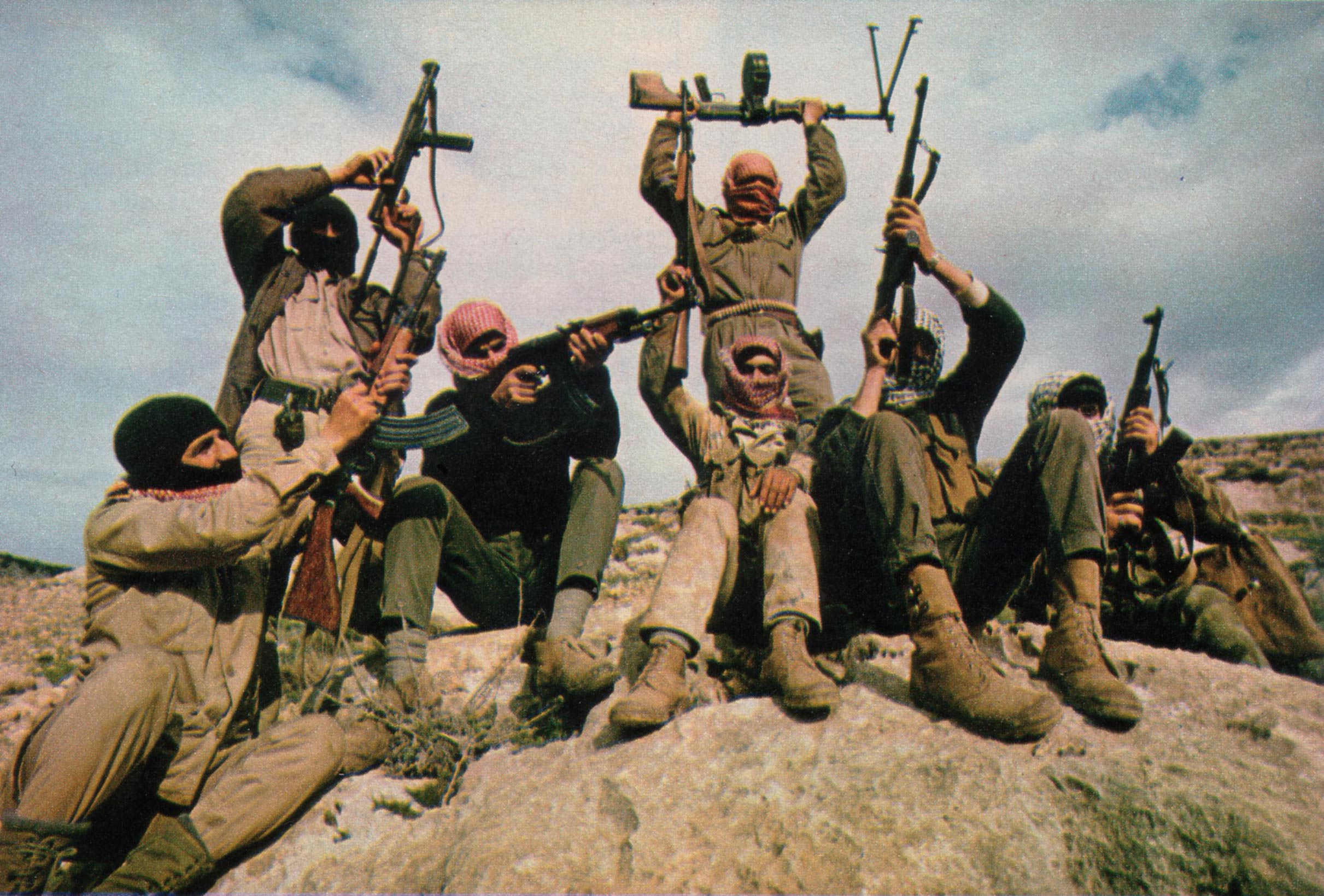Guest post by Charles Butcher

In June 2014, the “Islamic State” captured a string of cites in northern Iraq and appeared to be threatening Baghdad. Although fighting did not reach Baghdad, other civil wars have transitioned into a ‘battle for the capital’, such as those in Afghanistan, Liberia, and Somalia. Understanding why this happens is important. Capital cities are often a county’s most populous and productive city, mediation efforts are less common and less effective when fighting approaches the capital, and this situation probably attracts foreign intervention.
I’ve recently published a study examining this question, using data on the proximity of fighting to capital cities in civil wars from 1975-2011. The study showed that ‘multipolar’ civil wars are fought nearest to the capital, while ‘bipolar’ conflicts are fought substantially further away and ‘unipolar’ conflicts are fought largely in the periphery. Multipolar wars exist where the government and two or more rebel groups are evenly matched (Afghanistan in the early 1990s is an example). Bipolar wars exist where the government and one rebel group are evenly matched (such as in Rwanda in 1994) and unipolar wars exist where the government is much stronger than the rebels (such as the numerous ethnic insurgencies in Myanmar). The study also showed that internally divided rebel groups are more likely to fight in capital cities.
Initially, these results might seem surprising. Don’t’ all governments ‘fight to the death’ and only the strongest (and presumably the most internally coherent) rebels reach the capital, regardless of how many actors there are? If we think about fighting in the capital as a bargaining failure, these patterns make more sense.
Wars start because actors disagree about who will win, according to bargaining theorists. Fighting reveals information about the likely winner of a military conflict. The more fighting, the more that actors learn about each other and the more their predictions about the outcome of the war should converge. As these predictions converge, fighting becomes less valuable and wars are more likely to end.
Civil wars are most commonly conceptualized as unfolding over time, but they also unfold over space. Most civil wars start in the periphery and there are strong incentives to capture/hold the capital. I argue in the article that fighting takes on information-rich conventional forms (i.e set piece battles) as opposed to information-poor guerrilla warfare as battles come closer to the capital. As such, more information should be revealed as fighting gets closer to the capital, and wars should end before a climactic ‘battle for the capital’ occurs.
They sometimes do not because the richness of information revealed by fighting is moderated by the number of conflict actors and the balance of power between them. Most fighting in civil wars is dyadic (i.e, between two actors). Actors learn from dyadic fighting about each other and the likely outcome of the war simultaneously in bipolar wars. Usually belligerents know enough about each other to avoid a battle for the capital in this scenario. Dyadic fighting reveals less information in multipolar wars because actors learn about each other, but not the intentions and capabilities of third and fourth rebel groups who are strong enough to turn the tide of the war. Thus, they learn a lot about each other, but less about the likely outcome of the war. The lingering uncertainty may cause governments and rebels to gamble on a ‘battle for the capital’.
Internally divided rebels fight in the capital because they face commitment problems. When rebels think that they are going to win, the faction that stands to gain the presidency sometimes cannot credibly commit to its allies that it will not exploit this increased power. This may cause successful rebel groups to split as they reach the capital (think Somalia in 1991). If the government knows of internal rebel divisions it may attempt to hold the capital, hoping that these commitment problems are activated (as was possibly the case in Bangui in 2013).
The study suggests that the ‘battle for Baghdad’ did not materialize because IS learned, on approach, that attacking the capital would be extremely costly, and they would probably lose. Uncertainty was low in this case. Other sources of uncertainty may also be important, especially the intentions of foreign states (the U.S and Iran were key players in June 2014). Practically, knowing the balance of power between conflict actors can provide leverage on how more ‘symmetric’ civil wars (which have become much more common since the end of the Cold War) may play out – at least as far as the possibility of fighting descending on capital cities is concerned.
Dr Butcher is a Lecturer at the National Centre for Peace and Conflict Studies and Coordinator of the Masters Program at the University of Otago.








1 comment
Reblogged this on Refugee Archives @ UEL.